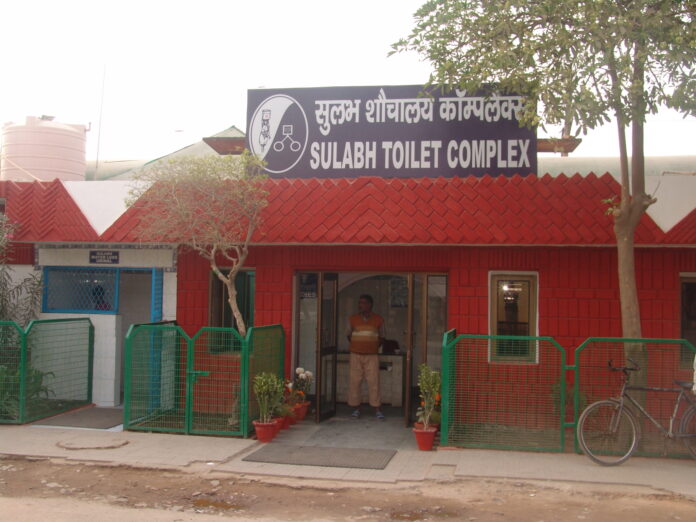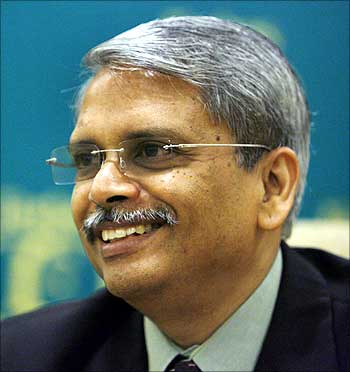It’s official. Bug food is good for everyone. Online shopping portals like thailandunique.com, edibleunique.com, buggrub.com stock an extensive range of edible insects with such an inviting packaging & presentation that you may seriously consider biting the bug, literally! Back home in India, the Bodo tribal folk in Assam consume insects such as caterpillars, termites, grasshoppers, crickets, and beetles every day. These insects supply as much nutritional value in terms of proteins and vitamins even when preserved for later consumption. Lost your appetite? Think again.

Cotton College in Guwahati has recently concluded a study on the insect diet of the Bodo tribe in Assam. “We are now doing a lot of work on edible insects,” says Dr. Arup Kumar Hazarika. The study reveals that if cultivated on an industrial scale, insects could be far cheaper than other meat, and more environment-friendly, as they do not require as much nutritional input themselves. Hazarika adds ‘We are studying aspects like the chemical composition, micro and macronutrients, the kinds of insects eaten. In India the practice of eating the insects seems to be limited to the tribal regions in Assam and the central region.’

Insects are already a part of the traditional diets of about 2 billion people around the world. Major areas of consumption include Latin America, Southeast Asia and Central Africa. And Dr. Hazarika’s efforts assume significance in light of Food and Agriculture Organisation’s (FAO) warning of a global famine in 50 years. The solution to this seemingly inevitable famine, the FAO says, is to begin to acclimatize people to the idea of eating insects.

Some other experiments are also underway in India. The Central Sericultural Research and Training Institute of Mysore has been experimenting with converting leftover silkworm pupae into food. The Madhya Pradesh Silk Federation has been selling, mostly to people from the North East, canned silkworm pupae for general consumption since 1946. ‘Right now many people don’t buy this because it is not popularised’, says Ravindra Singh, a scientist at the federation. ‘Once it becomes readily available, people will definitely begin to buy it.’
As new ways are examined to feed a rapidly expanding global population, that too, with a minimal environmental impact, the consumption of insects as food may be an exciting opportunity for innovative Chefs around the world to conjure up some lip smacking Termite sizzlers, Grasshopper Soufflés and perhaps a Beetle juice mocktail to wash it all down! Ensia, a magazine showcasing environmental solutions in action put together this infographic that presents a line up of exciting ingredients that can potentially inspire Gordon Ramsay to conjure up some irresistible gastric delights. Bon appétit!






























